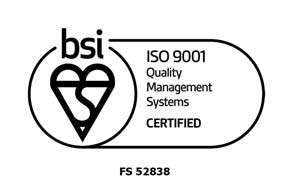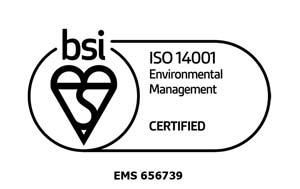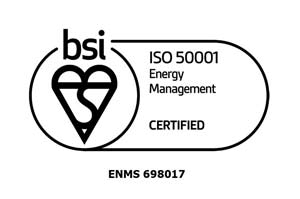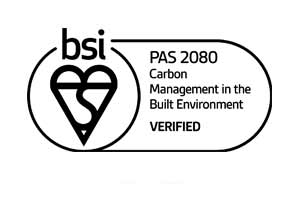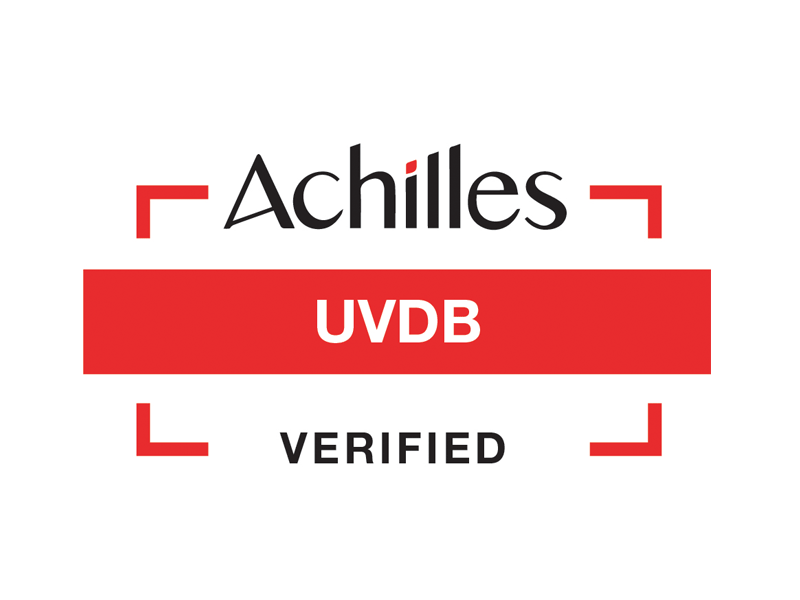
What is Biodiversity Net Gain?
Biodiversity Net Gain (BNG) is the creation of new habitats or improvement of existing habitats to ensure that a development has a measurably positive impact on biodiversity. It essentially makes sure that biodiversity has improved compared to what was there prior to development. The introduction of biodiversity net gain legislation will result in habitats being created and enhanced nationwide, providing invaluable habitats for British flora and fauna and green spaces for people to enjoy
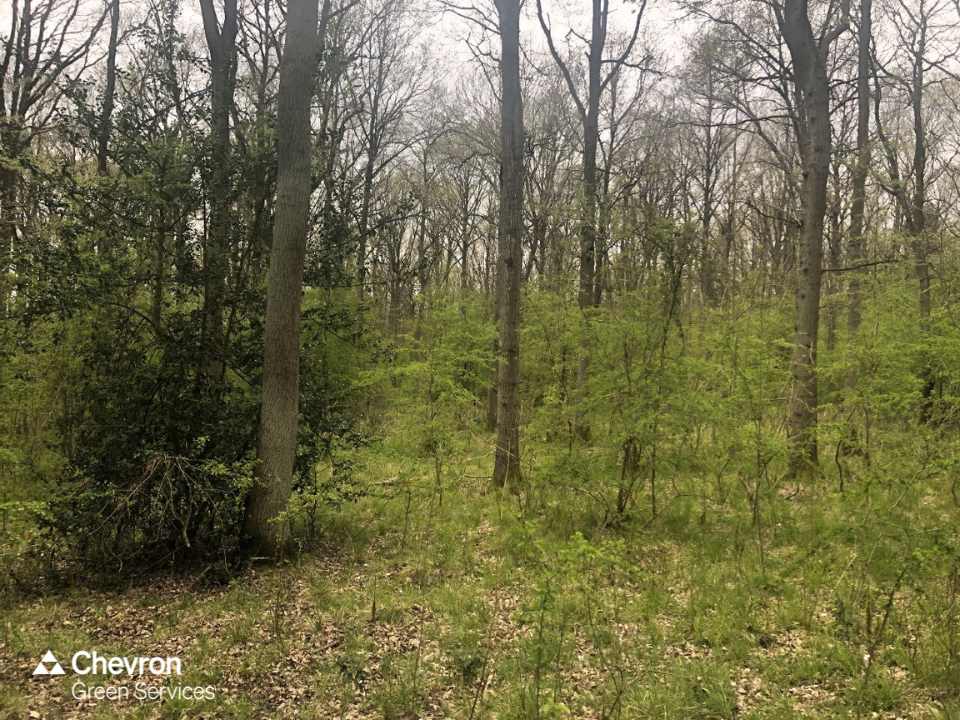
What does BNG mean for you and your projects?
Developers must deliver a BNG of 10%, meaning the development resulted in either the creation of more habitat or a better-quality habitat then what existed before the development took place. This 10% BNG is required whether or not the development impacts existing biodiversity.
As part of BNG a 30-year commitment to monitoring and managing the habitat is required to ensure the improvement to biodiversity is achieved long-term.
Although, the introduction of BNG can mean that developers now have to factor in more planning, logistics and potential costs, BNG is a real win for the natural world which in turn benefits us all!
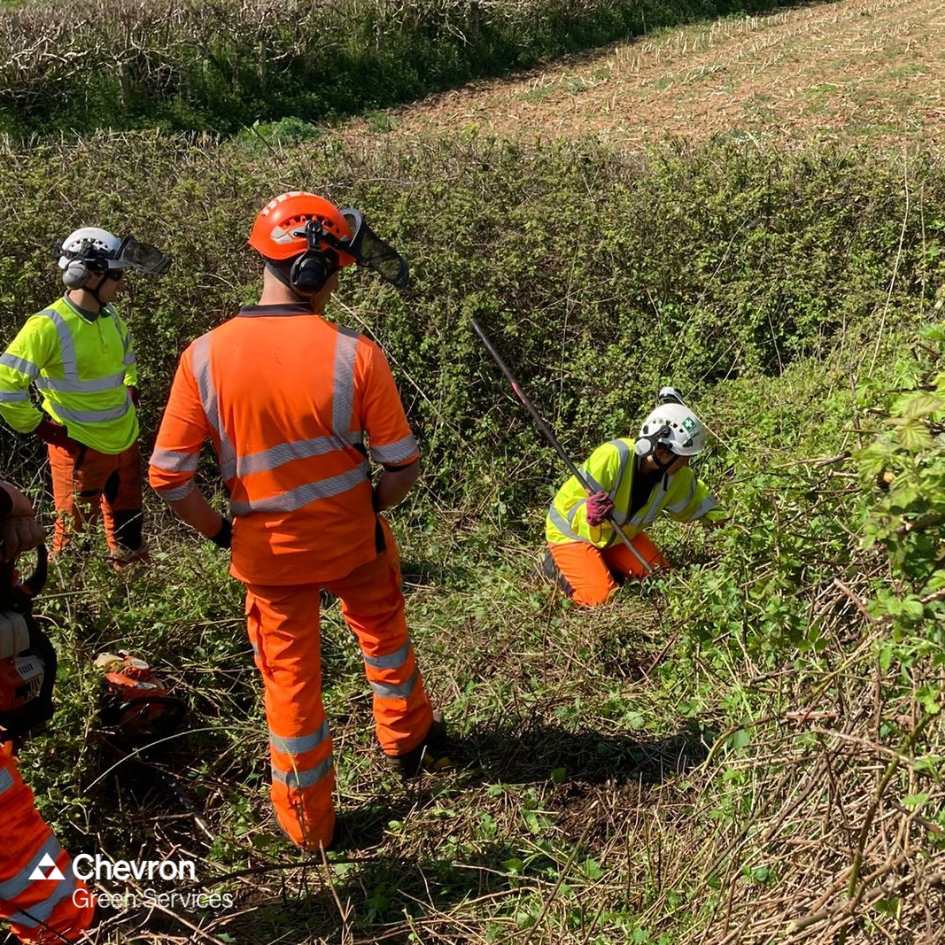
How to achieve BNG on your projects.
The first and best way to achieve BNG is to create biodiversity improvements on-site (within the site boundary) by enhancing existing habitats or creating new habitats.
The second but still commendable way to achieve BNG is through a mixture of on and off site. This should only happen if BNG cannot be achieved fully on-site. Developers can either make off-site biodiversity gains on their own land outside the development site or buy off-site biodiversity units on the market.
The third and final way to achieve BNG is to buy statutory biodiversity credits from the government. This should only occur if the developer cannot achieve on-site or off-site BNG and should be the absolute last resort. The government will use the revenue to invest in habitat creation in England.
Developers can use a combination of all three, but they must follow the Biodiversity Gain hierarchy outlined above.
When was BNG legislation introduced?
In England, BNG is mandatory under the Schedule 7A of the Town and Country Planning Act 1990 (as inserted by Schedule 14 of the Environment Act 2021) introduced as of 12th February 2024. The responsibility for 30-year management and monitoring is legally bound to the landowner or applicant under Section 106 of the Town and Country Planning Act 1990 (as amended).
The government published a draft BNG guidance in November 2023, as a result many Local Planning Authorities have already been implementing BNG.
Who will BNG affect?
BNG will affect most developers and you will need to know about the new rules if you come under the following:
- Developers of major developments
- Developers of small sites from 2 April 2024
- Developers of nationally significant infrastructure projects from late November 2025
- Land managers wanting to sell in the BNG market
- Local Planning Authority
There are some exemptions to who BNG applies to, and these can be found on the government website.
Really BNG will affect us all as we take a great step towards managing the balance between development and enhancing the natural environment around us.

How will BNG be measured?
For BNG, biodiversity will be measured in standardised biodiversity units. Each habitat will contain a certain number of biodiversity units, which will depend on factors such as the habitat size, quality, location and type. These biodiversity units can then be lost if the habitat is destroyed for development or generated through the creation or enhancement of habitats.
Developers should consult an ecologist when considering biodiversity value, as an ecologist can measure the biodiversity value of existing habitats and advise on suitable habitat creation or enhancement.
To calculate biodiversity units there is a statutory biodiversity metric. This must be used to measure the how many units a habitat has prior to development and how many units are needed to replace any habitat lost and achieve 10% BNG.
To calculate the number of biodiversity units you must use the calculator called the statutory biodiversity metric tool. This tool applies the statutory biodiversity metric formula.
How can Chevron Green Consultancy support you with BNG?
Chevron Green Consultancy can undertake Biodiversity Net Gain Assessments on your projects, providing recommendations and support on how to increase the biodiversity of your sites.

